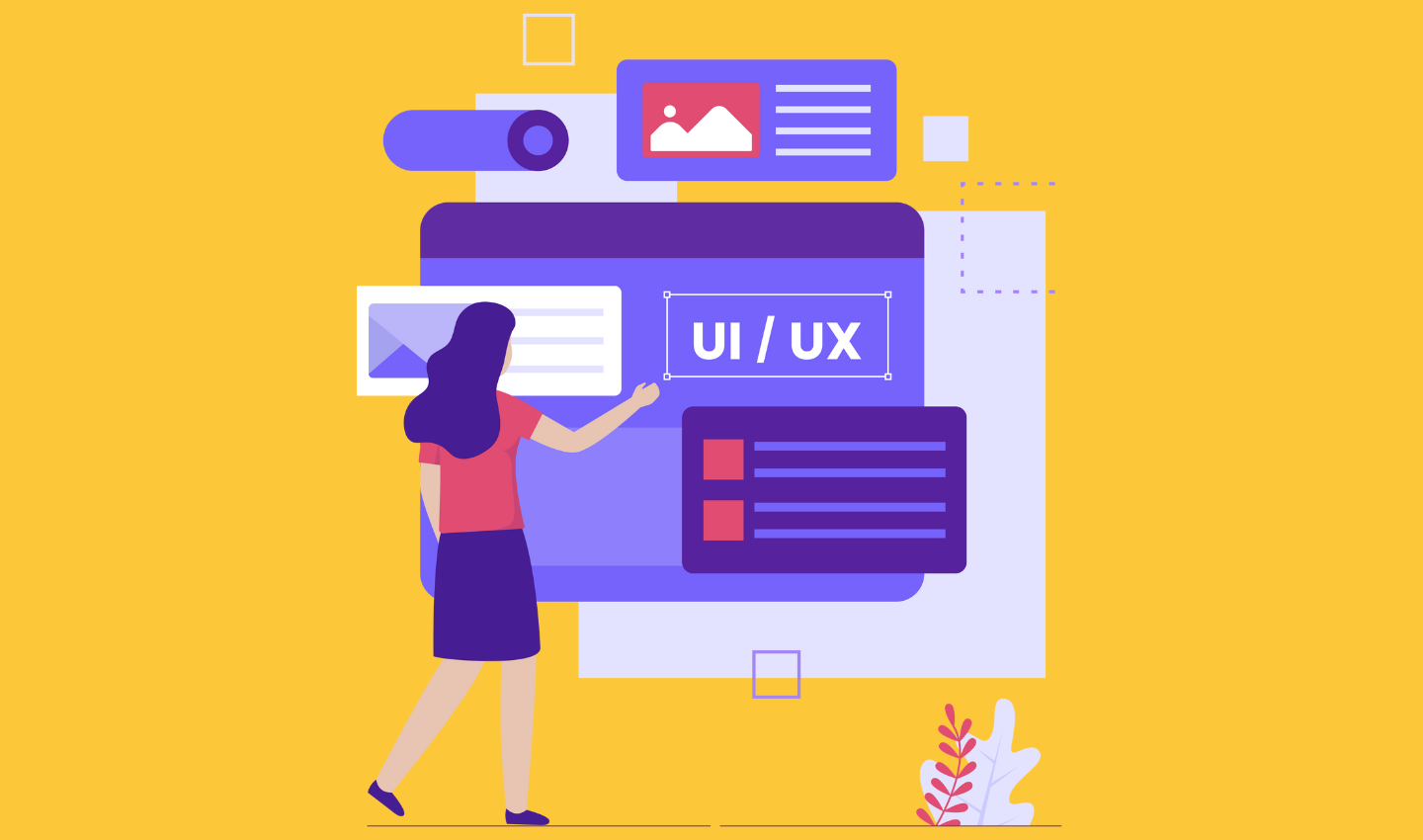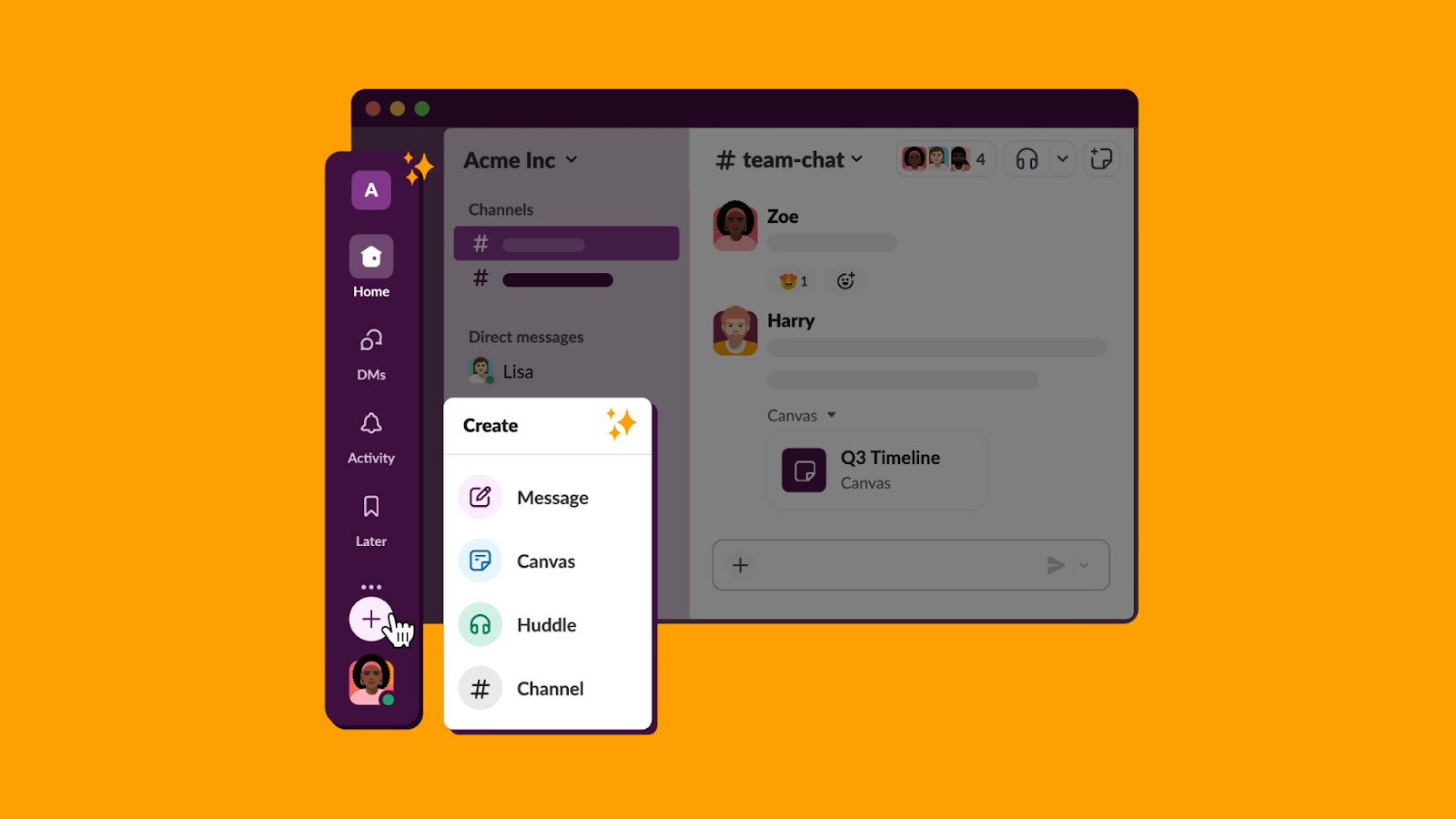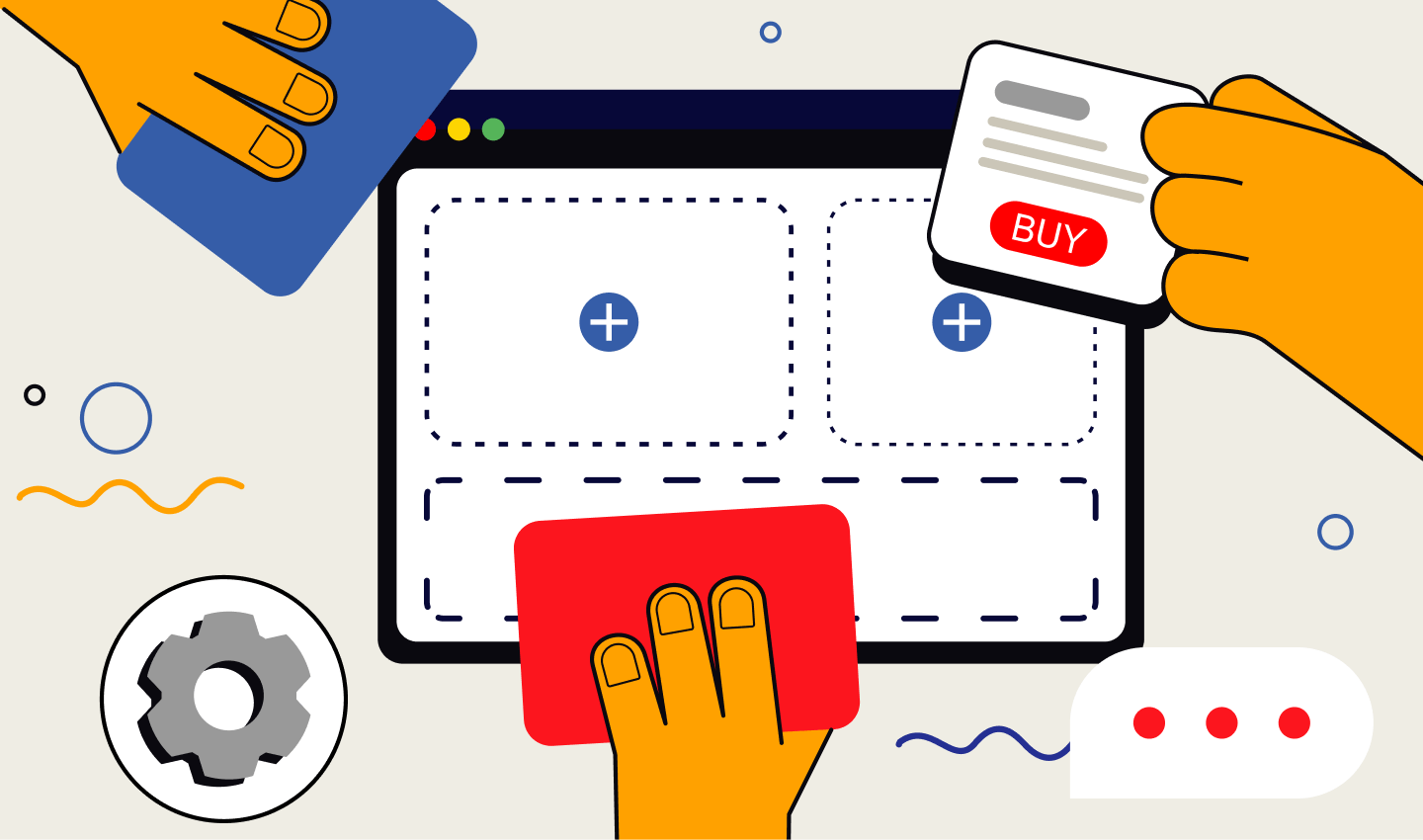
5 Reasons Why Good UX/UI Design is a Game-Changer for Startups
Startups are constantly seeking ways to stand out from the crowd and ensure long-term success. One of the most crucial yet often overlooked aspects of this process is the role of User Experience (UX) and User Interface (UI) design. UX/UI design is not just about making a product look visually appealing; it’s about creating an intuitive, seamless experience that resonates with users. For startups, where resources are often limited, and the margin for error is slim, investing in good UX/UI design can be the difference between thriving and merely surviving. This article explores why UX/UI design is a game-changer for startups, emphasizing how it enhances user experience, increases user retention, builds brand loyalty, boosts conversion rates, and reduces development costs in the long run.
Table of Contents
Reason 1: Enhances User Experience
User experience (UX) is at the heart of any successful product or service. It encompasses every interaction a user has with a product, from the moment they first encounter it to their ongoing engagement. A well-designed UX ensures that users can achieve their goals effortlessly, without frustration or confusion. For startups, providing a positive user experience is paramount because it directly influences how users perceive the brand and whether they will continue to use the product.
A good UX design improves user satisfaction by making interactions with the product intuitive and enjoyable. When users find a product easy to navigate, they are more likely to engage with it regularly and recommend it to others. This can lead to organic growth and word-of-mouth marketing, which is invaluable for startups.
Airbnb is a prime example of a startup that placed a strong emphasis on UX/UI from the beginning. When the founders of Airbnb were first building the platform, they recognized that the success of their business depended not only on connecting hosts and guests but also on creating a seamless and trustworthy experience for both parties. They focused on making the user journey as intuitive and frictionless as possible. This included designing an easy-to-navigate interface, providing clear instructions and prompts for users, and implementing features that built trust, such as detailed profiles, reviews, and secure payment options.
Airbnb’s emphasis on UX/UI also extended to ensuring consistency across different devices, making it easy for users to book a stay whether they were on a desktop, tablet, or smartphone. By continuously refining their design based on user feedback, Airbnb was able to create a platform that was not only functional but also enjoyable to use. This strong focus on UX/UI played a significant role in Airbnb’s rapid growth, helping it evolve from a small startup into a global leader in the hospitality industry.
Reason 2: Good UX/UI Design Increases User Retention
While attracting users is a significant challenge for startups, retaining them is an even more crucial task. This is where UI design plays a vital role. UI design involves the visual and interactive elements of a product, such as buttons, icons, typography, and overall layout. A well-crafted UI not only attracts users but also keeps them engaged.
Statistics show that a 5% increase in customer retention can lead to a 25% to 95% increase in profits, making user retention a key driver of business growth. Startups with an exceptional UI design often see higher user retention rates because users appreciate the ease and pleasure of interacting with the product.
For instance, Spotify’s sleek and intuitive interface has been instrumental in retaining its user base over the years. From the beginning, Spotify understood that providing a seamless user experience was key to standing out in the highly competitive music streaming industry. The interface was designed with the user in mind, offering easy navigation, personalized playlists, and smart recommendations that made discovering new music a delight. The consistency of Spotify’s UI across different platforms—whether on mobile, desktop, or web—ensured that users could easily access their favorite features no matter where they were.
Additionally, Spotify’s interface evolved based on user behavior and feedback, with continuous improvements that kept the experience fresh and engaging. Features like the Discover Weekly playlist, which offers users a curated list of songs based on their listening habits, and the ability to create and share playlists with friends, contributed to making the platform not just a tool for listening to music, but a personalized and social experience. These design choices fostered a strong sense of attachment to the platform, helping Spotify maintain a loyal user base even as new competitors entered the market. The user-friendly and visually appealing UI made it easy for users to navigate through the vast music library, find what they loved, and keep coming back for more, solidifying Spotify’s position as a leader in the industry.
Reason 3: Good UX/UI Design Builds Brand Loyalty
Brand loyalty is the ultimate goal for any business, and startups are no exception. A consistent and appealing UI design is a powerful tool for building brand loyalty. When users consistently encounter a well-designed interface that reflects the brand’s values and identity, they are more likely to develop an emotional connection with the product. This connection fosters loyalty, encouraging users to choose the brand over competitors.
The psychological impact of a well-designed UI cannot be overstated. Humans are naturally drawn to aesthetically pleasing and easy-to-use products. A consistent UI design helps establish a sense of familiarity and trust, which are essential components of brand loyalty.
Apple is a prime example of how a consistent and appealing UI design can build brand loyalty. Apple’s commitment to a uniform and meticulously designed user interface across its entire ecosystem—whether it’s iPhones, iPads, Macs, or Apple Watches—has been a cornerstone of its success. This consistency ensures that users experience a seamless transition when switching between devices, creating a sense of familiarity and trust. For instance, the design language used in iOS mirrors that of macOS, making it intuitive for users to navigate across different devices without needing to relearn how to use each one.
This cohesive design strategy has cultivated a loyal customer base that continues to choose Apple products over others, even when Apple’s products come with a higher price tag. The consistent UI has fostered a deep emotional connection with the brand, as users know they can expect a high level of quality and ease of use with any Apple product. The intuitive nature of Apple’s interface, coupled with the aesthetically pleasing design, has made the overall user experience not just efficient but also enjoyable.
Reason 4: Good UX/UI Design Boosts Conversion Rates
Conversion rates are a critical metric for startups, as they directly impact revenue generation and business growth. UX/UI design plays a significant role in influencing conversion rates by guiding users toward desired actions, such as signing up for a service, making a purchase, or completing a form. A well-designed UX/UI ensures that users can complete these actions with minimal friction, leading to higher conversion rates.
The relationship between UX/UI and conversion rates is evident in the e-commerce industry, where even minor improvements in design can lead to significant increases in sales.
For example, when the online retailer ASOS decided to focus on simplifying its checkout process, the company recognized that many customers were abandoning their shopping carts before completing their purchases. Through a thorough analysis of the user journey, ASOS identified that the complexity and length of the checkout process were key factors contributing to this high abandonment rate. In response, ASOS undertook a significant redesign of its checkout UX/UI with the goal of making the process more user-friendly and efficient.

The improvements included reducing the number of steps required to complete a purchase, simplifying the forms that users had to fill out, and ensuring that the interface was intuitive across all devices, including mobile. ASOS also introduced features such as a guest checkout option, which allowed users to make purchases without creating an account—removing a common barrier to conversion. Additionally, the company made the payment process more transparent by displaying clear progress indicators and providing users with upfront information about shipping costs and delivery times.
To boost conversion rates, startups can employ various techniques, such as simplifying navigation, using clear and compelling calls to action, and optimizing the design for mobile devices. By continuously refining the UX/UI based on user feedback and testing, startups can create a more effective and conversion-friendly product.
Reason 5: Good UX/UI Design Reduces Development Costs in the Long Run
One of the most significant benefits of investing in good UX/UI design is the potential for long-term cost savings. While it may seem counterintuitive to spend more on design in the early stages, the reality is that a well-designed product can prevent costly issues down the line. Poor UX/UI can lead to user frustration, higher support costs, and the need for expensive redesigns or fixes.
By prioritizing UX/UI from the start, startups can create a product that is user-friendly and scalable. Usability testing and iterative design are essential components of this process. These practices involve gathering user feedback and making continuous improvements to the design, ensuring that the product meets user needs and expectations.

For example, Slack, a communication platform used by millions, invested heavily in UX/UI during its development. This investment paid off, as Slack’s intuitive design quickly attracted a large user base and minimized the need for costly changes post-launch.
Moreover, a good UX/UI design reduces the risk of technical debt, which occurs when shortcuts in design or development lead to problems that must be addressed later. Startups that focus on UX/UI early on can avoid these pitfalls, leading to smoother development processes and reduced costs over time.
Conclusion
In summary, good UX/UI design is not just a nice-to-have for startups; it’s a necessity. By enhancing user experience, increasing user retention, building brand loyalty, boosting conversion rates, and reducing development costs, UX/UI design serves as a game-changer for startups striving for success. In a world where user expectations are higher than ever, startups cannot afford to overlook the importance of design in their product development process. Investing in good UX/UI from the outset not only sets the foundation for a successful product but also ensures long-term growth and sustainability. For startup founders, the message is clear: prioritize UX/UI design to create products that users love and to build a brand that stands the test of time.
Take your company to the next level and get results with our world class user experience, interface design and implementation.
Get a FREE 30 min Strategy Session

Related posts
7 UX Tips for eCommerce to Increase Conversions
UX has a pivotal role to play in increasing revenue. It is usually an overlooked aspect of the checkout process, […]
Designing Inclusive Dark Modes: Enhancing Accessibility and User Experience
Have you ever switched to dark mode on your phone late at night and felt instant relief as your eyes […]
Is the Google UX Design Certificate Still Worth It in 2025?
Imagine opening an app or website, only to be instantly frustrated by confusing navigation or slow load times. We’ve all […]
Creative product design that gets results
Take your company to the next level with world class user experience and interface design.
get a free strategy session



